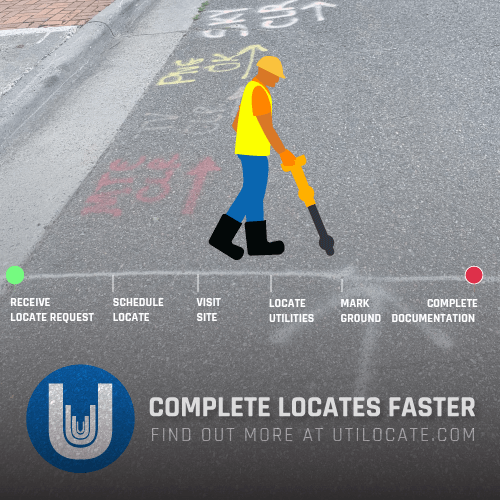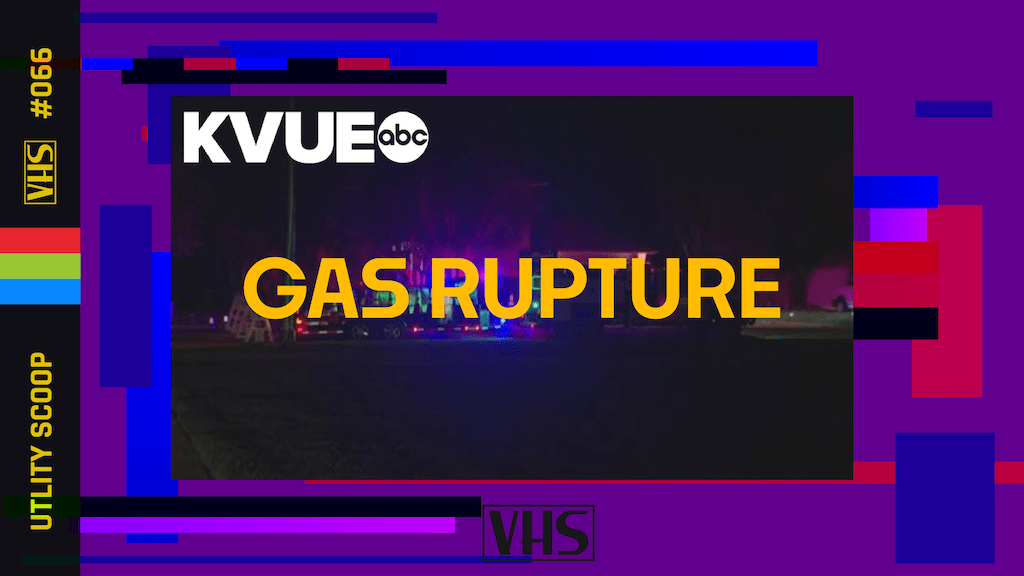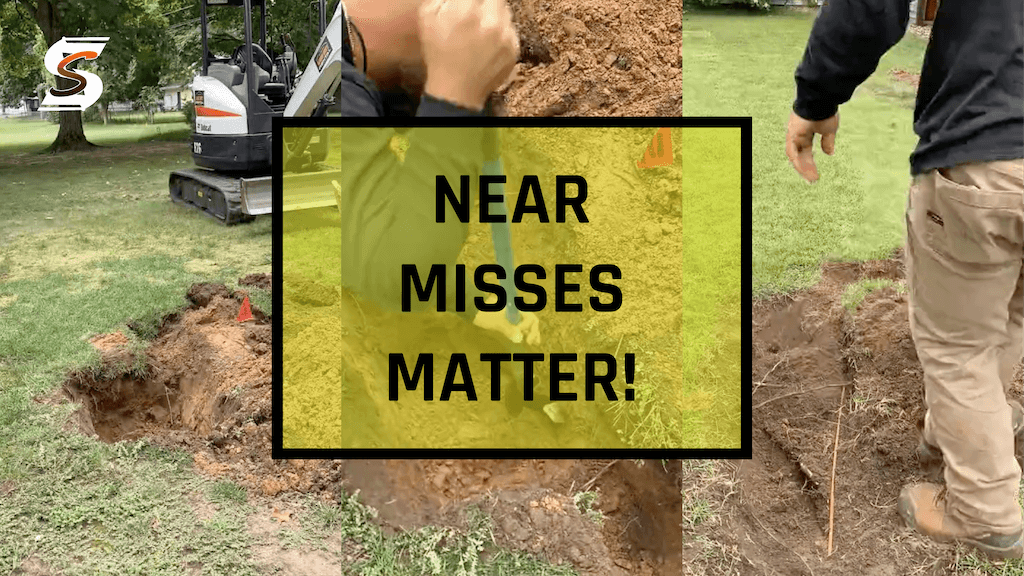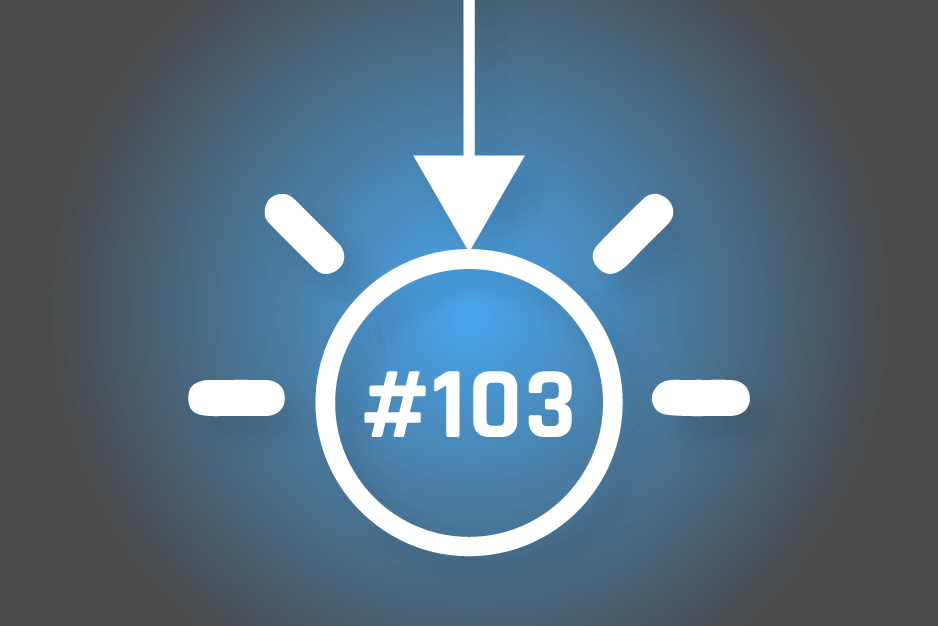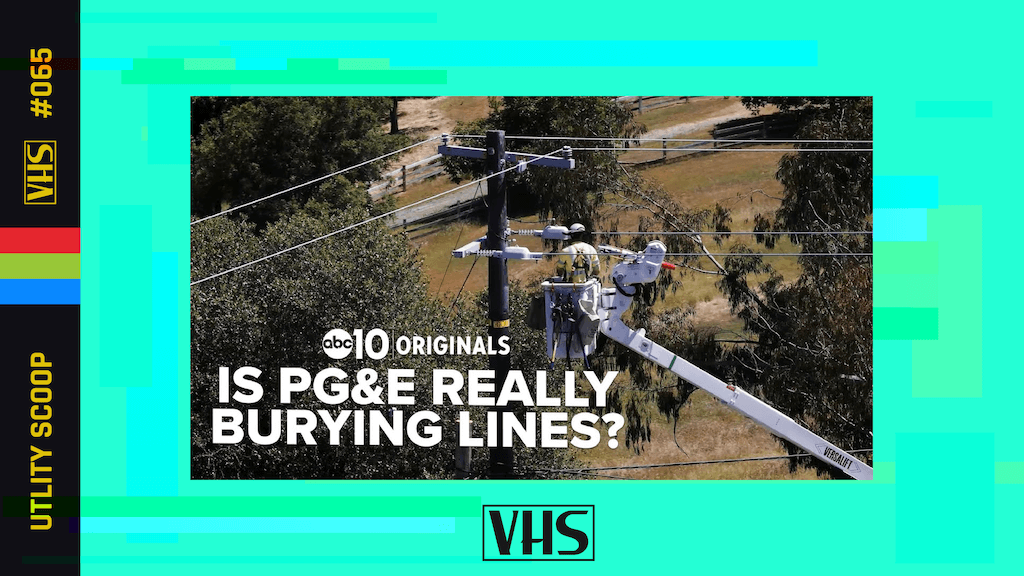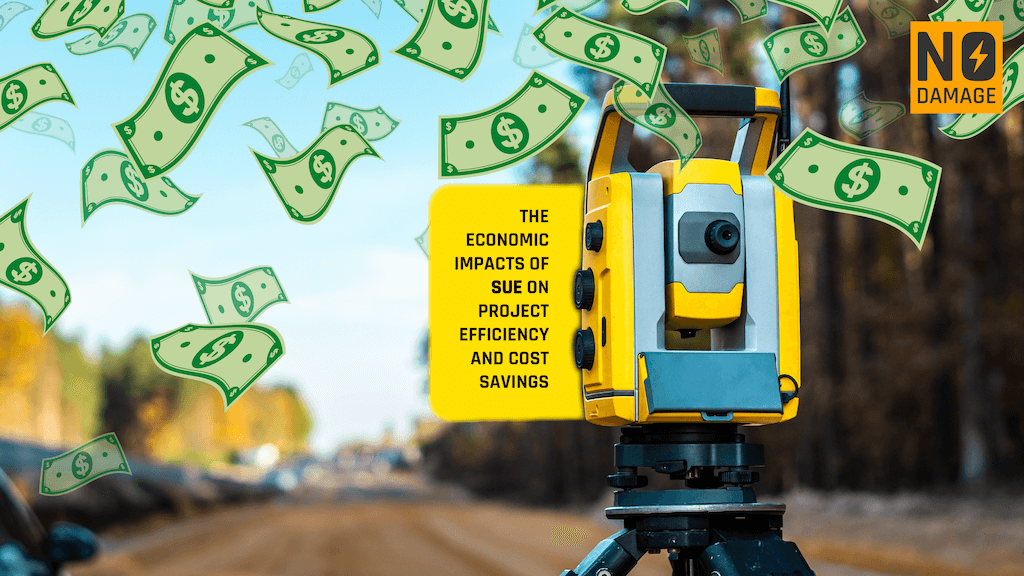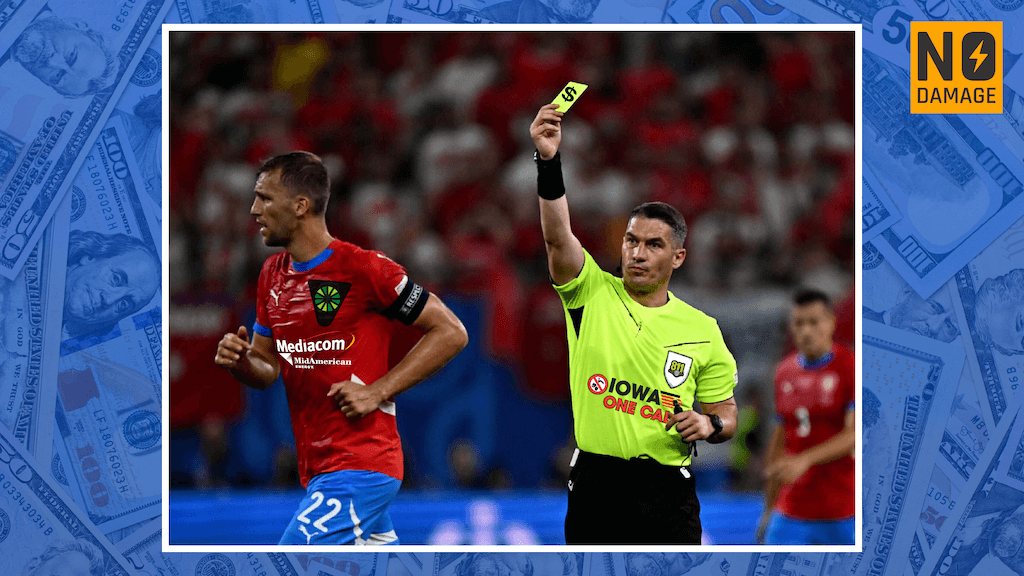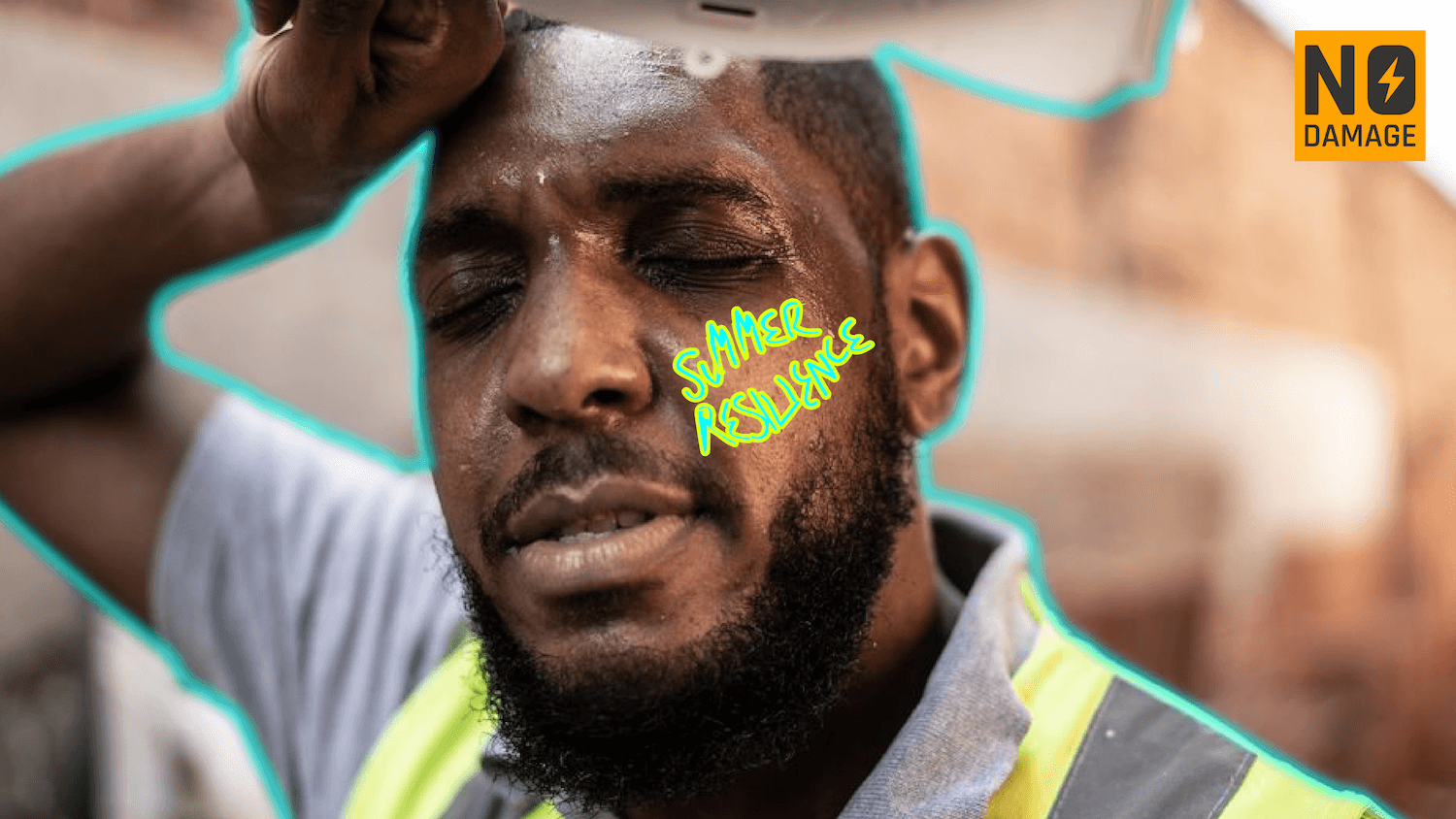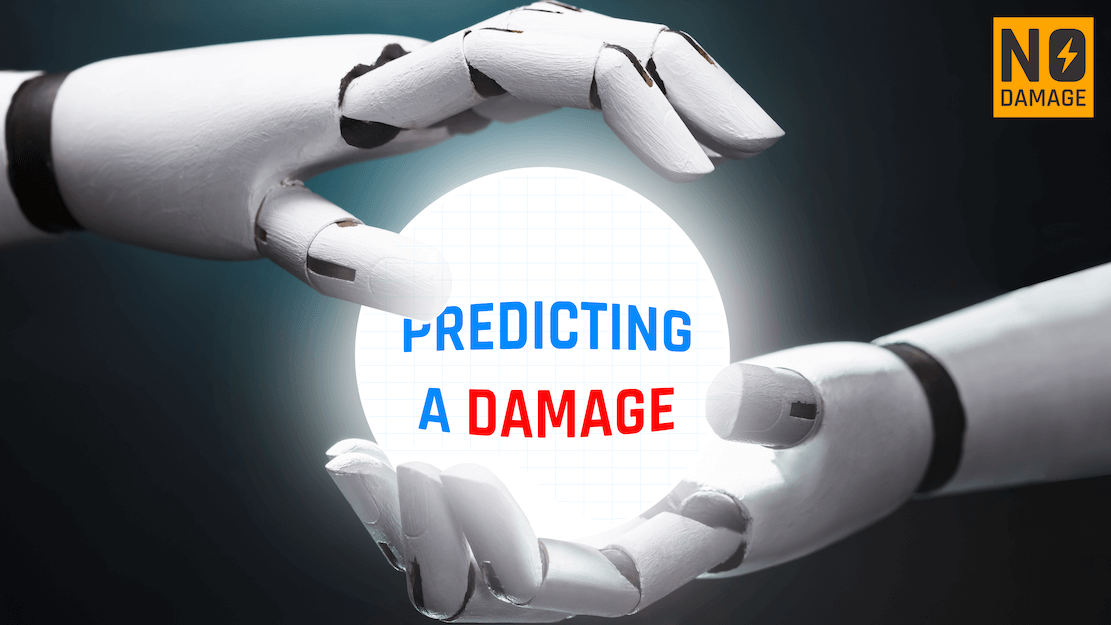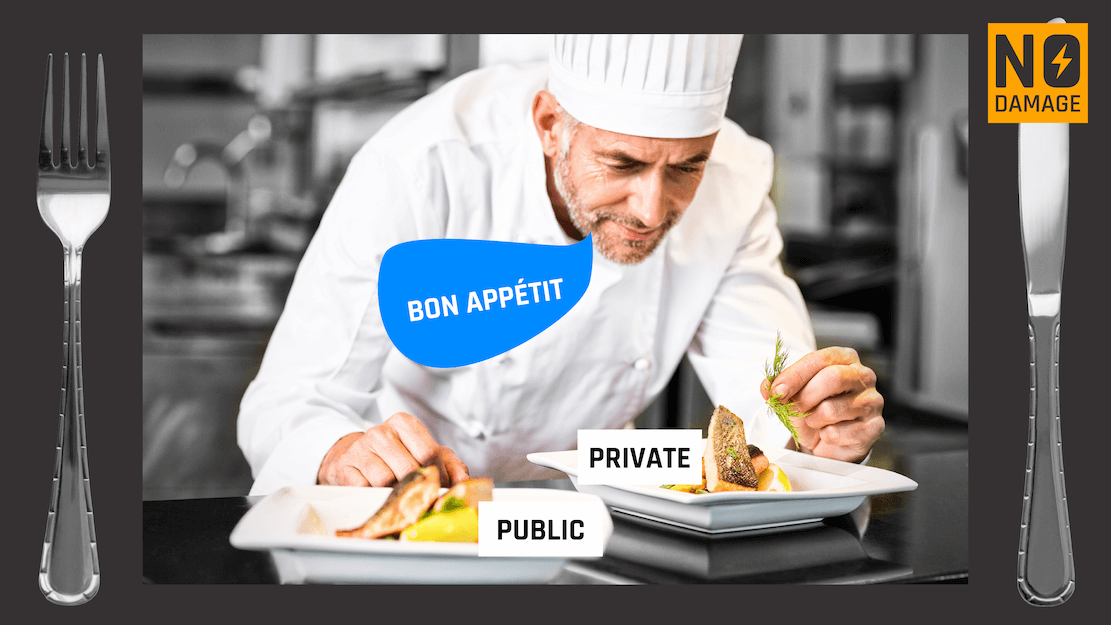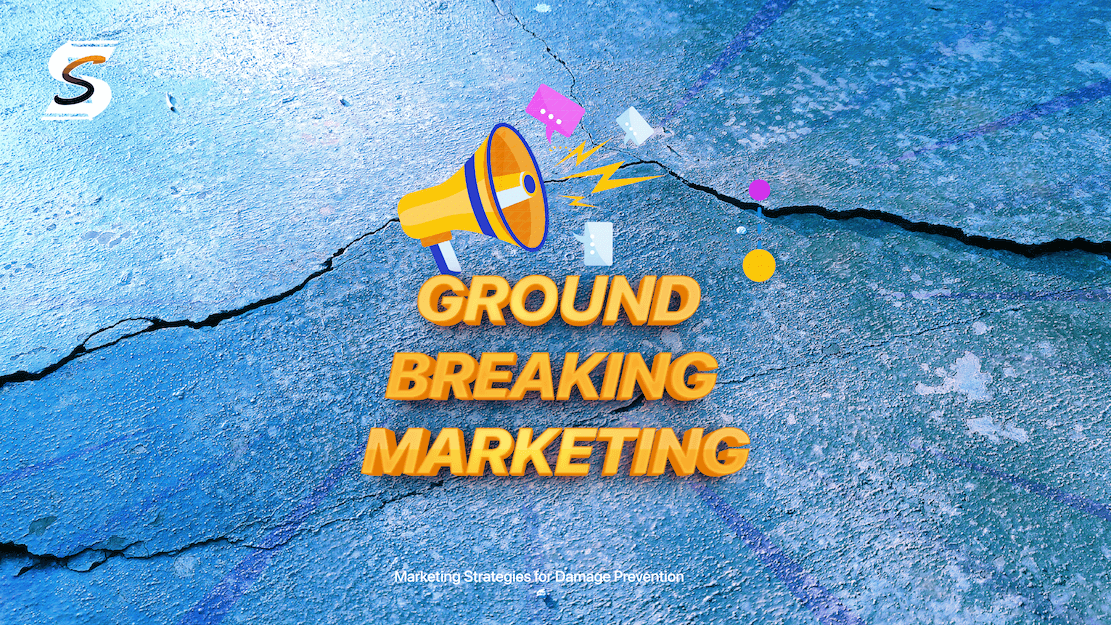
Lately, I've found myself grappling with a common challenge within the damage prevention industry: while we have a clear objective, the multitude of stakeholders involved often creates a cacophony of voices, making it challenging to effectively communicate the benefits of investing in locating and damage prevention. As someone who ponders marketing frequently, I'm particularly attuned to the complexities of navigating this landscape and breaking through the noise to convey our message. I think we as an industry need to do more to demonstrate the ROI and value of damage prevention and utility locating to key stakeholders, encouraging increased investment in technology, personnel, and resources. We have enough evidence and case studies to highlight that there are considerable cost-saving benefits and long-term financial advantages of proactive subsurface utility engineering (SUE) and comprehensive damage prevention strategies.
The car/mechanic sector does a good job of promoting regular maintenance - changing the oil, rotating the tires, and checking the brakes - and how it prevents costly breakdowns and extends the car’s life. Neglecting these small, regular investments can lead to major repairs that cost much more in the long run. Similarly, investing in damage prevention and utility locating is akin to regular maintenance; it prevents expensive and disruptive accidents down the line. TL/DR it's better to be proactive.
I haven't come up with a snappy marketing slogan yet but in essence what I think we need to communicate and market is that: "Investing in proactive utility locating and damage prevention is not just about avoiding immediate mishaps. It's about substantial long-term savings, enhanced safety, and uninterrupted project timelines. Every dollar spent on SUE and damage prevention can save multiple dollars in avoided damages, liability costs, and project delays." Maybe someone in the comments can come up with a slogan?
Beyond the Initial Call: Extending the Scope of Damage Prevention
Much of the current marketing efforts are directed at property owners and excavators, emphasizing the importance of calling 811 before digging. While this is crucial, it's only the starting point for comprehensive damage prevention. I think we need to communicate the broader scope of damage prevention and target stakeholders and key figures who are currently being missed. Unfortunately many still see damage prevention as a financial cost rather than an asset, life and money saver. Here’s some things we can do:
For utility owners, accurate locate data and historical records are invaluable assets. Investing in the creation and maintenance of these records can prevent future damage and ensure seamless utility management. The cost savings from reduced repair expenses and increased reliability are significant, as demonstrated by numerous examples of successful utility management through accurate data.
Subsurface Utility Engineering (SUE) and QL-A HydroVac techniques offer the highest level of accuracy in utility locating, effectively preventing costly errors. By investing in these precise methods, utility owners can protect their infrastructure more effectively. Highlighting specific cases where QL-A HydroVac prevented significant damage and delays, alongside ROI analysis, can clearly show the long-term financial benefits.
Moreover, building comprehensive utility maps, like the National Underground Asset Register (NUAR), is crucial for improving utility management and preventing accidental strikes. Investing in such mapping initiatives leads to better planning, fewer disruptions, and lower overall costs. Successful implementation stories can further illustrate the substantial benefits of comprehensive mapping.
Overcoming Investment Hurdles
Recently, I had a conversation with a potential client who revealed that, despite understanding the benefits, higher-ups in his company were reluctant to allocate more funds for his damage prevention department. This is a common scenario, often driven by short-term financial thinking. This reluctance can be addressed with a clear counter-argument that presents a data-driven ROI analysis. Accessible marketing resources would make this process easier, allowing us to use specific examples and dollar amounts to demonstrate the long-term savings. For instance, if a utility strike costs $10,000 on average and locating services cost $1,000, avoiding just one strike saves $9,000.
Emphasizing cost savings involves highlighting both tangible and intangible benefits. Tangible benefits include reduced repair costs, fewer project delays, lower insurance premiums, and legal fees. Intangible benefits encompass enhanced safety, improved public relations, increased efficiency, and greater reliability. By presenting these benefits clearly, we can help stakeholders see the substantial value of investing in damage prevention and utility locating.
Highlighting the Role of SUE in Damage Prevention
SUE QL-A employs precise location methods like vacuum excavation to confirm the exact position of underground utilities, significantly enhancing the reliability of utility data and preventing costly errors and project delays.
Investing in SUE QL-A yields substantial savings. For every dollar invested, multiple dollars are saved through avoided damages and reduced project delays. SUE provides the certainty needed to streamline project planning and execution. To illustrate the financial benefits, we can use specific examples and ROI calculators. For instance, if an investment of $5,000 in SUE prevents a $50,000 utility strike, the savings are clear and compelling.
Monitoring and Evaluation
To ensure the success of a marketing campaign like this, it would be essential to track and tweak continuously, with the support of major organizations such as the Common Ground Alliance (CGA), the Alliance for Innovation and Infrastructure (Aii), and One Call Centers. By involving major organizations like the CGA, Aii, and One Call Centers, our message would be amplified and reach a broader audience. Their endorsement and participation would lend credibility to the campaign, encouraging more stakeholders to invest in damage prevention and utility locating. In addition It would complement their own objectives and current strategies. By effectively communicating the significant ROI and value in damage prevention and utility locating, we can help persuade key stakeholders to invest more in these critical areas. The goal is to shift the focus from short-term costs to long-term savings and safety benefits, ensuring that all underground utilities are accurately located and protected.
Who's with me?
Share this Post

